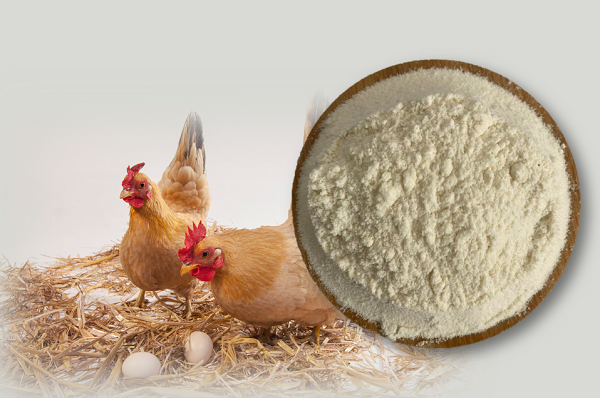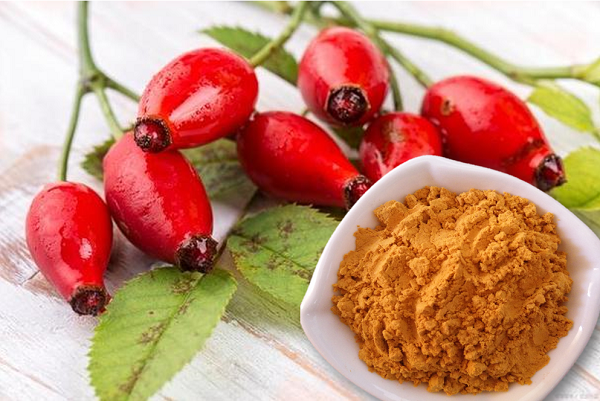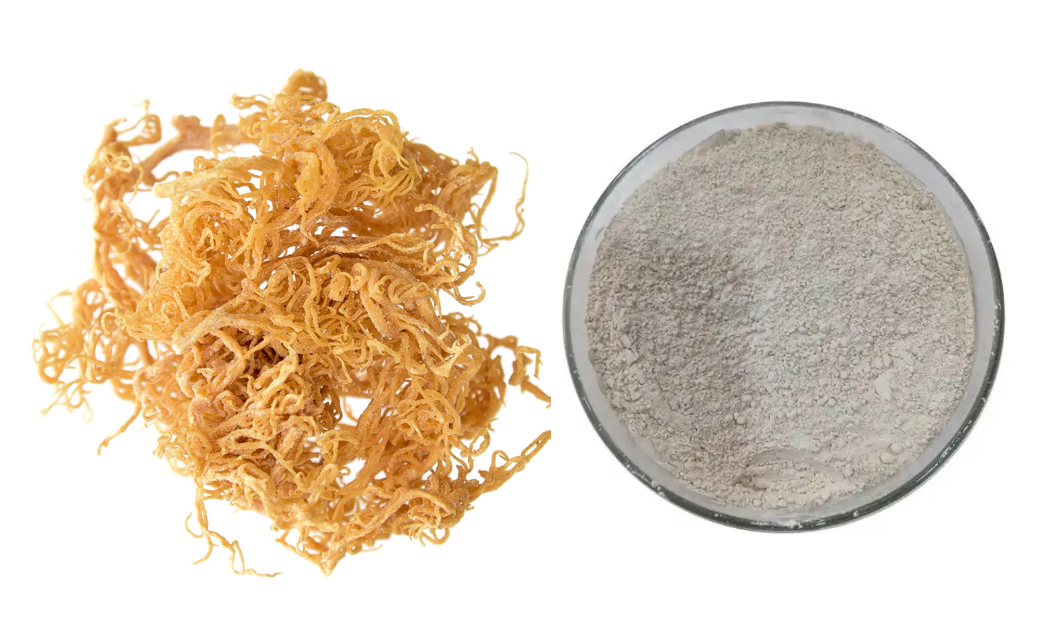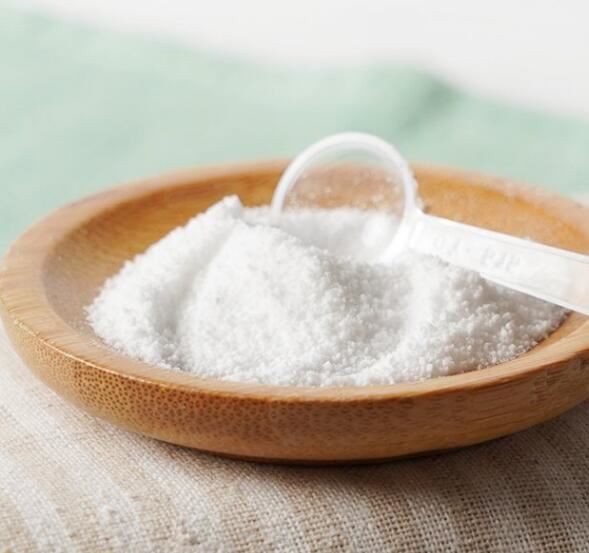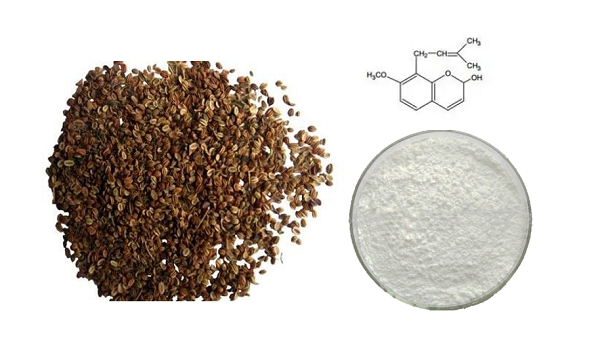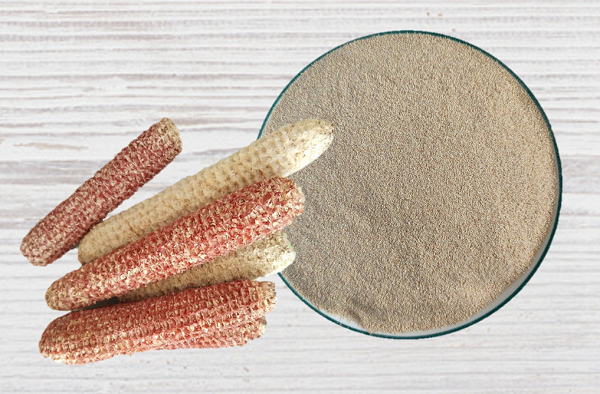Follow Us:
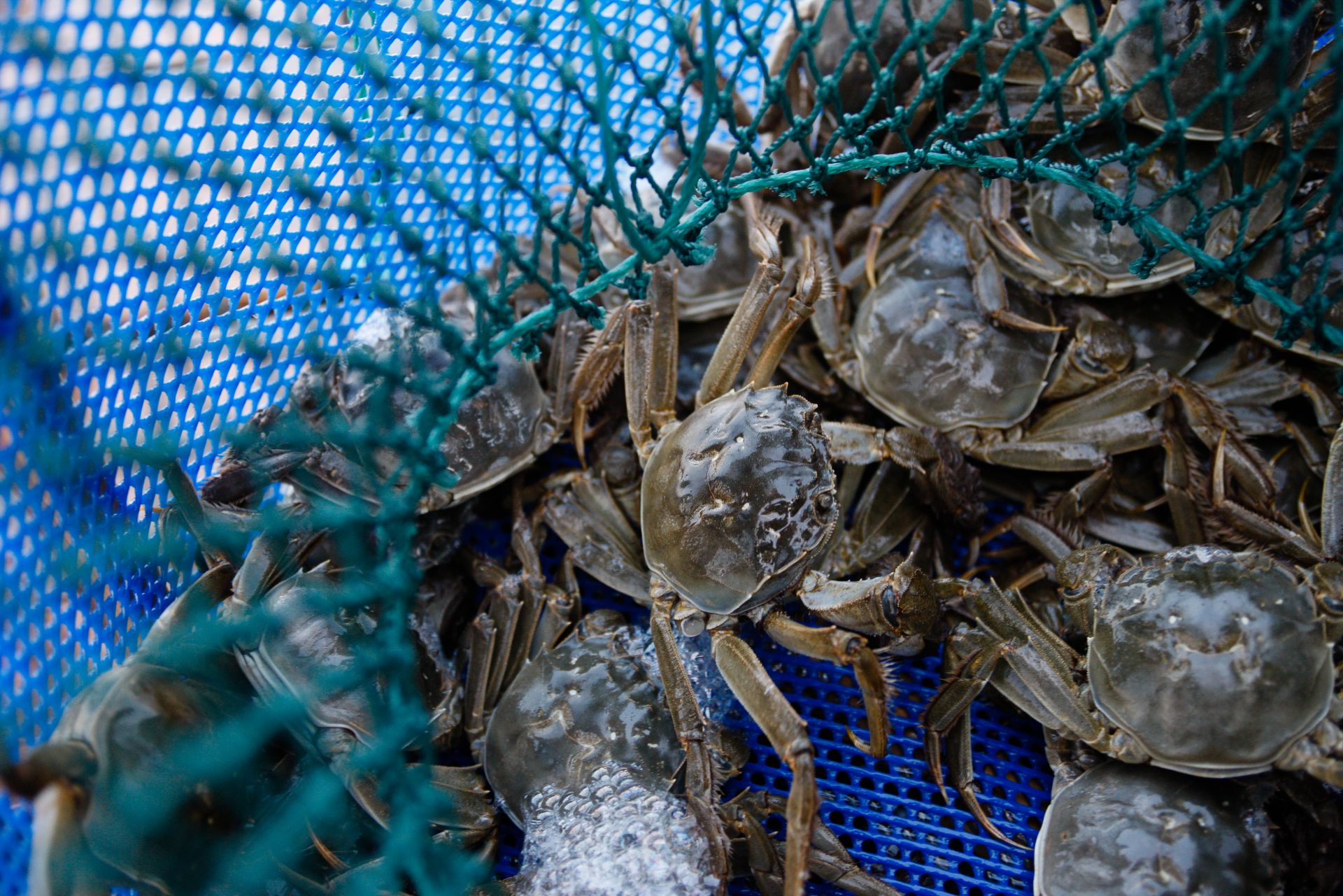
Tea Saponin 30% 60%: Aquaculture Use in Shrimp and Crab Farming
As a leading tea saponin manufacturer, we are proud to offer you a natural, sustainable solution for enhancing the health and productivity of your shrimp and crab farming operations. Tea saponin, available in 30% and 60% concentrations, is gaining widespread recognition in the aquaculture industry for its powerful benefits in parasite control, disease prevention, and water quality management. This blog will give you the related information of tea saponin in detail.
What is Tea Saponin?
Tea saponin is a natural compound found in tea seeds that plays a crucial role in promoting water quality and supporting the growth of aquatic life. As a Tea saponin raw material supplier, we will introduce to you that tea saponin acts as an effective natural surfactant and has mild cleansing properties. It’s widely used in aquaculture for its ability to enhance Shrimp and Crab health, boost immunity, and control harmful microorganisms in aquatic environments.
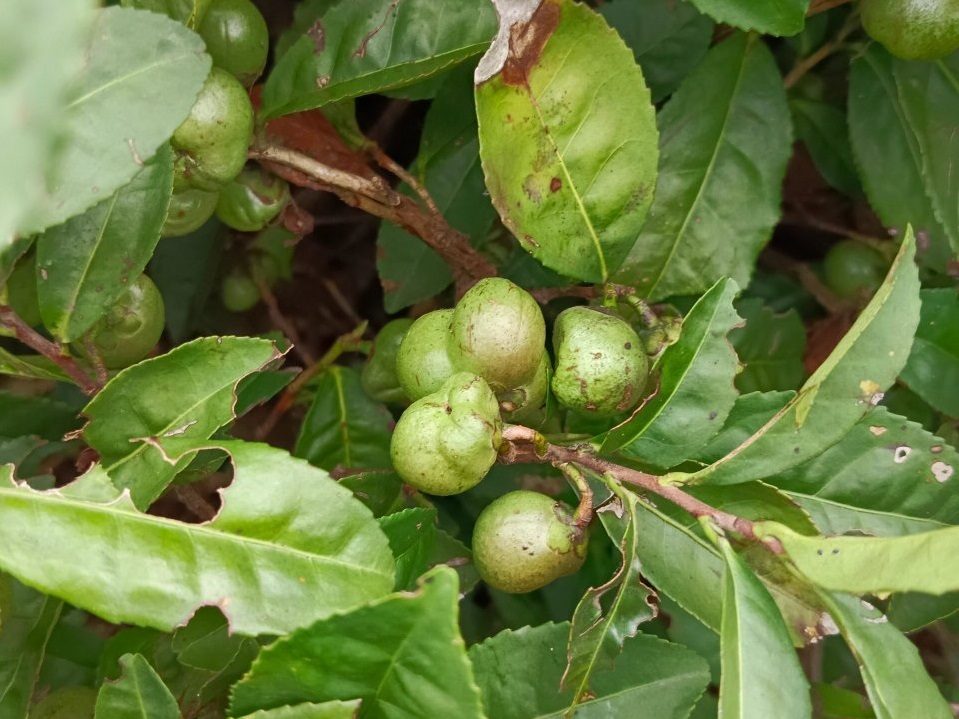
Main Ingredients of Tea Saponin
The main component of tea saponin is saponin, a group of naturally occurring glycosides found in the leaves of the tea plant (Camellia sinensis) and other plant species. Saponins are a diverse class of compounds that are made up of two primary components:
- A hydrophilic (water-loving) sugar part: This is typically a complex carbohydrate (sugar) structure.
- A lipophilic (fat-loving) aglycone or sapogenin: This is the non-sugar portion of the molecule, usually a steroid or triterpene.
The tea saponin found in tea plants is specifically composed of triterpenoid saponins, which are a subgroup of saponins that consist of a terpenoid aglycone (derived from the terpenoid family) and sugar molecules attached to it.
What are the Forms of Tea Saponin?
You may be interested in the various forms of tea saponin and how they can benefit your products. They come in several forms, each with unique properties that can support your aquaculture needs.
- Crude Tea Saponin Extract: This is the most basic form, derived directly from the tea plant. As a raw material supplier, we will tell you that it typically comes as a powder or paste. It’s rich in saponins, which have properties that can aid in boosting the immune system and promoting the growth of aquatic organisms. This form is often used in Shrimp and Crab feed to enhance health and resilience.
- Purified Tea Saponin: After extracting the saponin from tea leaves, a further purification process refines the extract. This form has a higher concentration of active compounds, making it more potent and effective in smaller doses. In your industry, you might supply this purified form to clients who need a more controlled application for their aquaculture products, such as improving water quality, boosting Shrimp and Crab immunity, and enhancing nutrient absorption.
- Tea Saponin Powder: Often, the purified form of tea saponin is converted into a fine powder. This powder is easy to incorporate into various types of aquaculture feed and supplements. It can be mixed into pellets or granules, and it’s highly valued for its solubility and effectiveness in promoting the health and growth of aquatic species, including Shrimp and Crab.
- Tea Saponin Liquid Extract: For those who prefer a liquid form, tea saponin is also available as a water-soluble extract. This version is ideal for adding to aquaculture systems or feed during formulation. The liquid form makes it easier to adjust concentrations and apply directly to water for enhanced bioavailability, which can improve feed conversion and overall productivity in aquaculture operations.
- Tea Saponin in Formulations (Blended Products): In some cases, tea saponin is included as a component in more complex feed or water treatment formulations. These blends may combine saponins with other natural ingredients to create a more balanced solution for specific aquaculture applications, such as reducing harmful microorganisms in water or enhancing the growth rates of particular species.
As you consider which form of theasaponin best suits your aquaculture clients, it’s important to understand their specific needs—whether they’re seeking a natural feed additive to improve aquatic health, a water treatment solution, or a supplement to boost overall growth and production rates.
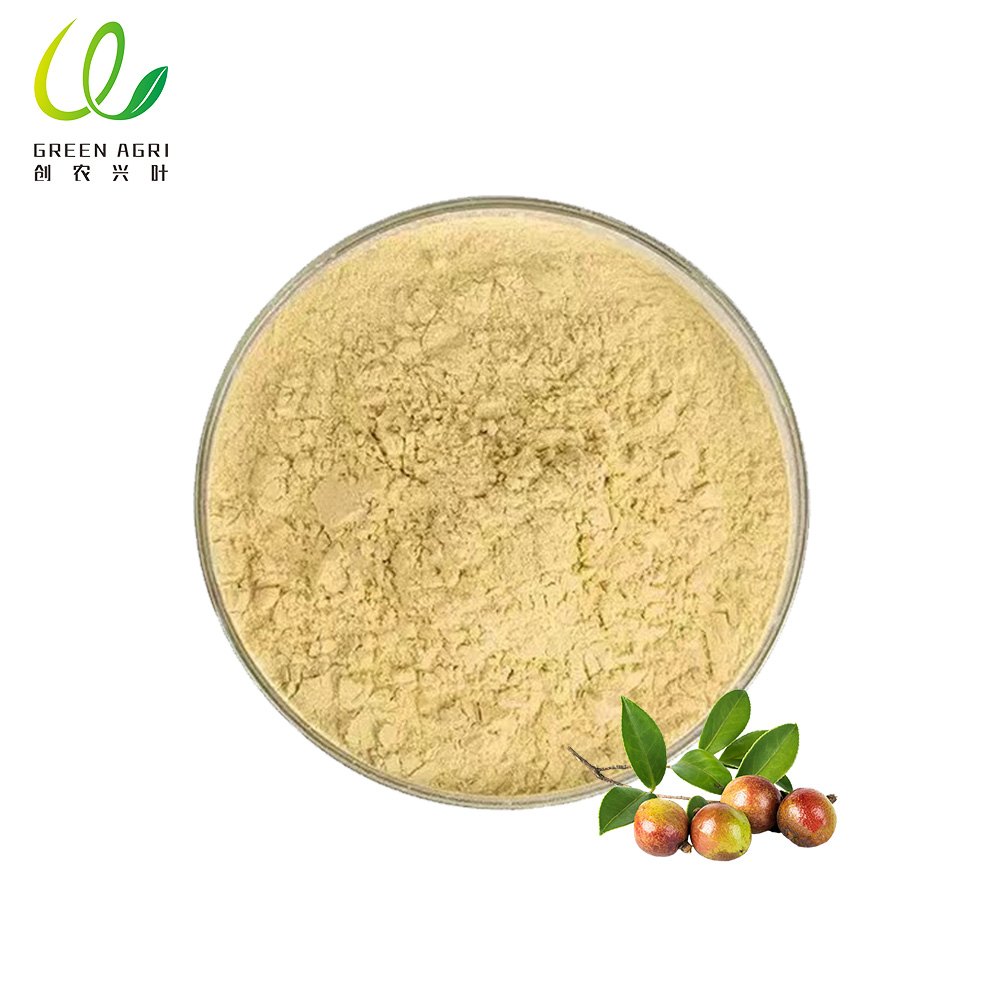
Properties of Tea Saponin (30% and 60%)
I am pleased to offer two distinct concentrations of tea saponin: 30% and 60%. Each concentration is carefully formulated to meet different needs within the aquaculture industry. The 30% tea saponin is ideal for general water treatment, preventive health measures, and routine fish feed supplementation, providing a gentle yet effective solution for maintaining water quality and promoting fish health. On the other hand, the 60% tea saponin is a more concentrated option, designed for intensive treatments, Shrimp and Crab disease control, and rapid response to specific water quality issues. Both options are designed to enhance the overall health and productivity of your aquatic systems, ensuring that you have the right solution for your unique requirements.
Is Tea Saponin for Safe?
As a botanical pesticide materials manufacturer, I can confidently assure you that tea saponin is generally safe for use in aquaculture when applied according to recommended guidelines.
Applications in Shrimp and Crab Farming
1. For Aquaculture: The powdered or liquid form of tea saponin is most commonly used due to its ease of application and quick dissolution in water. Powdered tea saponin is often preferred for ongoing maintenance, while liquid tea saponin is used for targeted treatment during disease outbreaks or stress conditions.
2. Water Treatment: Camellia sinensis saponin can be added directly to your ponds or tanks to improve water quality. The dosage will depend on the size of your farming operation and water volume, but it’s typically applied in small amounts on a regular basis to maintain water clarity and reduce organic waste buildup.
3. Feed Supplement: In some cases, tea saponin can also be incorporated into your shrimp or crab feed. This can help improve digestion, reduce the growth of harmful bacteria in the digestive tract, and support the overall health of your stock.

How Often Do You Use Tea Saponin Aquaculture?
- Daily Application for Feed Efficiency: For consistent improvement in feed conversion rates and growth, camellia saponin is often added daily to the feed. Typically, a small amount—around 0.1% to 0.5% of the total feed weight—can be mixed in with your regular feed. This helps improve nutrient absorption and digestion, ensuring your aquatic species grow efficiently over time. Daily use is especially effective during the growing phase when feed utilization is a key factor.
- Weekly to Bi-Weekly for Water Quality: If you are using tea saponin to manage water quality, the frequency of application depends on factors like stocking density and water conditions. In intensive farming systems, where waste accumulation is higher, tea saponin can be added to the water once a week or every two weeks to help reduce organic matter, control microbial growth, and maintain clear water. Regular applications help prevent the build-up of harmful substances and keep the environment healthier for your stock.
- Immune Support and Stress Management: When used to support the immune system or help reduce stress, such as during handling or environmental changes, tea saponin can be added to the feed or water weekly or bi-weekly. It enhances the resilience of your stock against pathogens and helps them recover from stress. During periods of high stress—such as post-stocking, after disease treatments, or in fluctuating water conditions—you may consider increasing the frequency of tea saponin applications.
- Seasonal Adjustments: Depending on environmental conditions, such as water temperature or microbial activity, you may need to adjust the application frequency. During warmer months or periods of high microbial activity, you might need to apply tea saponin more frequently—for instance, twice a week—to maintain optimal water quality and support your stock’s health. In cooler months, once a week may be sufficient.
Choosing the Right Form of Tea Saponin
- Powdered Form: This is the most common form, easy to handle and mix into feed or water. Choose finely ground powder for even dispersion.
- Liquid Extract: If your application requires ease of mixing, a liquid extract might be a better option. This is especially useful in water treatment applications where quick solubility is needed.
- Granular Form: Granules may be chosen for slow release or ease of handling in large-scale aquaculture operations.
For large-scale water treatment or disease control: Liquid tea saponin extracts are likely the best choice for their ease of application and ability to treat large volumes of water.
If feeding or immune support: Powdered tea saponin mixed into fish feed is a cost-effective way to improve fish health and resistance to diseases.
And for small-scale or ornamental aquaculture: Capsules or tablets provide precise dosing but may not be practical for larger systems.
For biofloc systems: Tea saponin can be beneficial in supporting healthy microbial growth in biofloc
systems.
Conclusion
Tea saponin, available in concentrations like 30% and 60%, offers a wide range of benefits for shrimp and crab farming. From improving water quality and enhancing growth rates to providing a natural solution for disease prevention, tea saponin is proving to be a valuable tool for aquaculture farmers around the world. If you need bulk tea saponin powder and COA, Please Contact us!
Reference: https://patents.google.com/patent/CN102511510A/en













